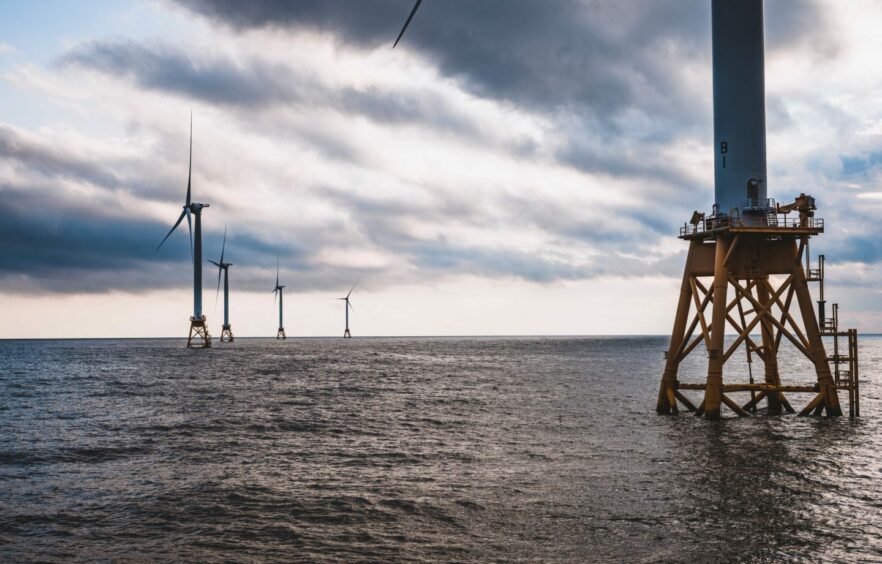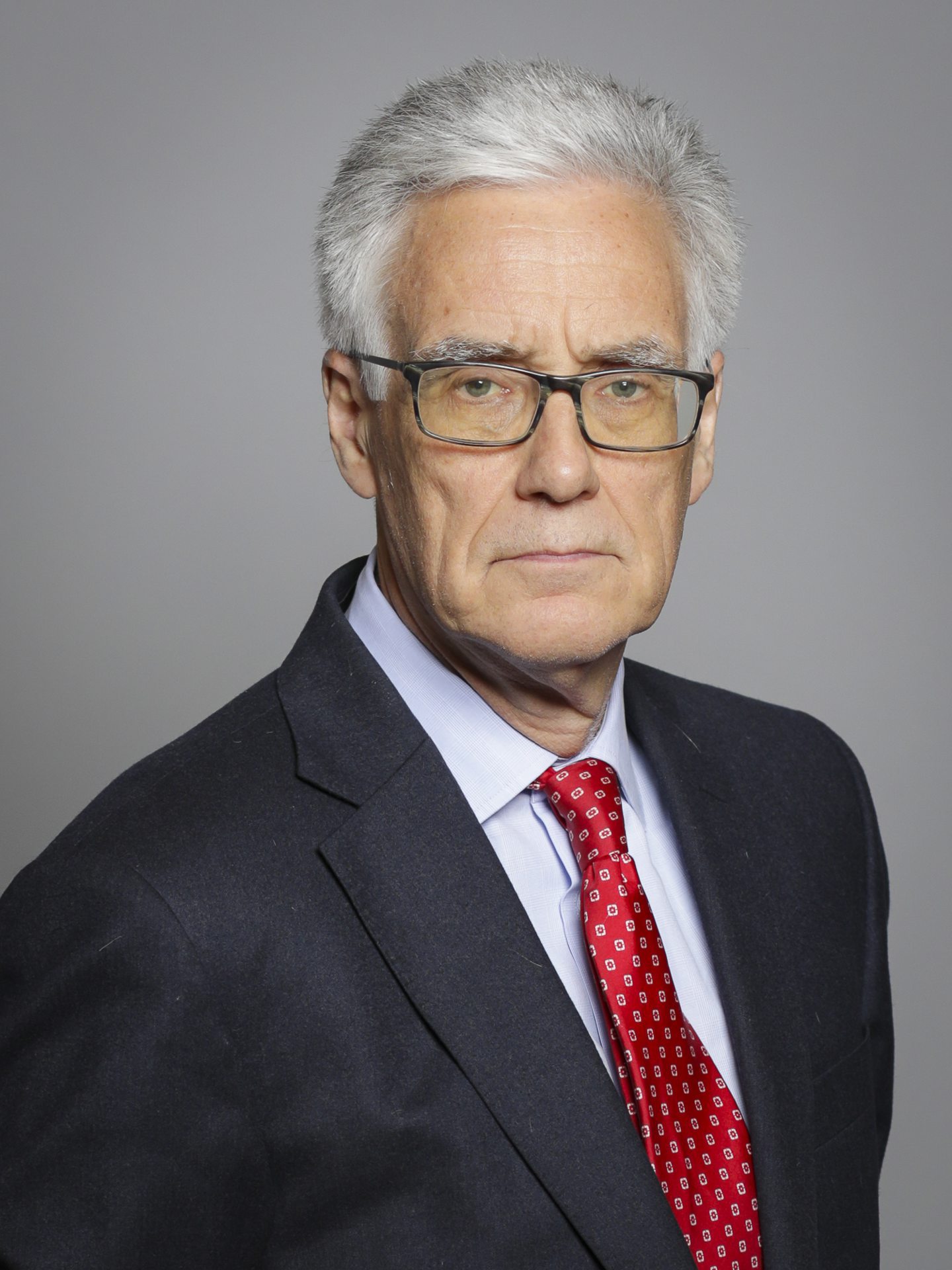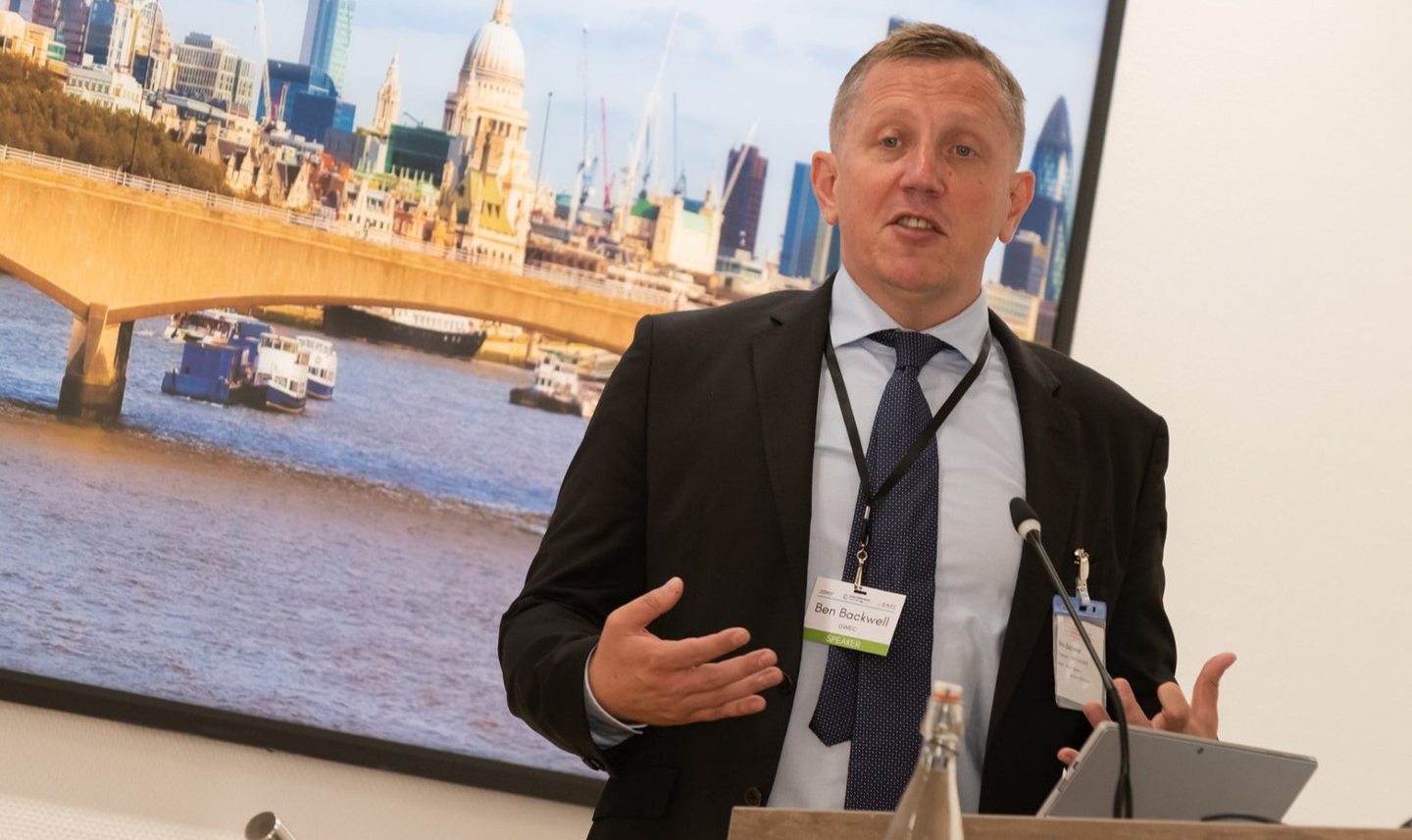
Just a few weeks ago, the UK’s Energy Transitions Commission stated: “Rapidly scaling sustainable, diversified, and resilient clean energy supply chains is key to achieving net-zero targets on-time and at as low a cost as possible”.
In its latest insights briefing, The ETC warns that, in the short- to medium-term, policy and industry action is critical to overcoming supply chain challenges that put this transition at risk.
Its chair, Adair Turner, believes this massive change is fundamentally achievable if supply chain risks are managed.
“The priority should be to rapidly scale and diversify supply chains to build resilient clean energy capacity while localising manufacturing where there is a clear competitive advantage and alignment with domestic priorities,” says Turner.
While the commission makes liberal use of the term supply chain in its report (215), workers mentioned only four times and trade unions are totally ignored.
The Just Transition Centre (JTC), established in 2016 by the International Trade Union Confederation headquartered in Brussels and closely associated with the OECD (Organisation for Economic Co-operation and Development), records that it was during the 1990s when North American trade unions began developing the concept of just transition.
“Initially, trade unionists understood just transition as a programme of support for workers who lost their jobs due to environmental protection policies,” says the centre.
“This is still how many outside the union movement see just transition … as focused only on softening job losses in sectors such as coal.
“Over time, however, just transition came to mean something much broader for unions and their partners: A deliberate effort to plan for and invest in a transition to environmentally and socially sustainable jobs, sectors and economies.”
In a report prepared for the OECD, the JTC admits that the energy transition is a massive challenge. It claims that most secure transition for jobs and stable economies are for fossil fuel (and other energy) companies to plan for diversification in the energy mix.
“This should enable them to chart a sustainable pathway and in the process to use their resources and invest in skills and redeployment of workers into renewable energy and related supply chains,” says the submission to the OECD.
And it is nearly a decade since the International Labour Organisation warned that green investment should “generate decent jobs all along the supply chain, in dynamic, high-value added sectors which stimulate the upgrading of jobs and skills as well as job creation and improved productivity in more labour-intensive industries that offer employment opportunities on a wide scale”.
The imperative to shift to renewable energy is an enormous challenge.
According to the OECD report, the most secure transition for jobs and for stable economies is that our large fuel and energy companies plan for diversification in the energy mix.
This should enable them to chart a sustainable pathway and in the process to use their resources and invest in skills and redeployment of workers into renewable energy and related supply chains. In turn, it would secure the confidence of both workers and their pension funds.
GWEC (Global Wind Energy Council) has been putting a lot of effort into the massive challenges associated with the now unstoppable energy transition that today increasingly permeates out lives.
And it has paid close attention to the G20 Energy Transition Ministerial summit staged in Goa, India on July 22, which has already been judged a failure by the industry body.
GWEC, which has at times been accused of being distant, even high-handed over issues like safety standards and acceptance of offshore oil and gas worker qualifications by Big Wind, claims to understand the importance of valuing people and structural importance of supply chains.
On page 60 of its 2023 Global Wind Report, there is a short passage tailor-made for the North Sea oil and gas community.
It says: “Regions that depend on the production of fossil fuels for revenue may face economic displacement in a rapid phaseout. On the path to decarbonising their energy systems, they must be encouraged to transition to more sustainable local supply chains and jobs.
“Governments and the wind industry should collaborate to review local industrial supply chains and foster the creation of decent jobs.”
That unfortunately has not always been the case in the North Sea. There has been much friction over the past 15-20 years.
According to GWEC, a just and equitable energy transition (JET) is indivisible from a successful pathway to global net-zero emissions. Because people are at the centre of the energy transition, communities cannot be left behind in the effort to mitigate harmful climate change.
GWEC insists Big Wind has a major role to play: “As a leading agent of the global energy transition, the wind industry must play an active role in transitioning workers from carbon-intensive sunset industries and encouraging their entry into renewables.
“JET received much attention at COP27, signalling a clear appetite from the climate change community for a people-centred transition.”
But the council warns that there is often little understanding at the local level of what a JET means for communities. However, it is considered within the gift of Big Wind to handle this competently.
Renewable energy employs people of all trades and levels across the full value chain, from project planning to decommissioning.
Analysis by the International Renewable Energy Agency (IRENA) – it is cousin to the IEA (International Energy Agency) – shows that a 50MW onshore wind facility creates opportunities for more than 144,000 person-days, and a 500MW fixed-bottom offshore facility for around 2.1million person-days.
The analysis also claims that over 60% of the workforce in onshore wind, and more than half in offshore wind, requires minimal formal training.
Science, technology, engineering and mathematics (STEM) graduates make up around 28% of the onshore wind workforce – 21% for offshore wind.
Highly qualified non-STEM professionals such as lawyers, logistics experts, marketing professionals and experts in regulation and standardisation account for roughly 5% and 20% respectively, while administrative personnel make up 4% and 8%.
The proportion of women in the renewable energy workforce is estimated at around 32%, with 21% in wind energy. Most are in low-paid jobs.
Back to GWEC’s 2023 review.
With up to 90% of a wind turbine’s mass comprising concrete, iron and steel, there will be an increase in demand for these three critical materials as installed wind capacity grows, it says.
Increased wind turbine manufacturing will also lead to greater demand for rare earth elements (REEs) – a trend compounded by similar pressures from other renewable energy technologies and other sectors. Moreover, demand for REEs is forecast to rocket fourfold by 2040.
GWEC argues national policies must ensure that working conditions do not allow the exploitation of workers, and that mining communities for REE and other critical materials are sustainable.
Standards must be set to avoid greater demand leading to more exploitation, and strictly enforced to protect the rights of workers and provide them with decent working conditions.
It is already clear in the low carbon energy world that already fragile standards have been flagrantly flouted, notably in the world of REE mining where corruption and crime are rife, according to the Global Initiative Against Transnational Organised Crime, an NGO based in Geneva.
GWEC says the wind energy industry must operate sustainably and with good governance across the supply chains for these materials, so protecting disadvantaged or vulnerable mining communities.
Wherever Big Wind does its business, the council’s view is: “That the sector should be seen as an attractive and welcoming place to work at different career stages.
“Youth outreach and education can ensure that the industry’s diversified job opportunities are understood, particularly in early-stage wind countries.
“Diversity should encompass gender, ethnicity and physical ability.
“A cultural change in companies will enable them to leverage the talent of women and people from minorities.”
There are a number of high-profile brands out there trying to build strong low carbon portfolios, especially in offshore wind and photo-voltaics and, broadly, they claim to be playing a straight game.
But is the political/policy-making machine wherever actually computing the message regarding just how critical the very necessary energy transition with efficient supply chains actually is?
Judging by remarks made by GWEC CEO Ben Backwell on July 23 regarding the Goa summit, the answer is “No!”.
He said: “The outcome of the G20 Clean Energy Ministerial gets us no closer to a net zero world by 2050.
“Annual wind power installations around the world need to be hiked up by 3-4 times by 2030 to keep 1.5C alive. Unfortunately this critical point has been missed.
“As we approach COP28 in Dubai later this year, we must ensure policymakers are clear-eyed about the climate emergency, and commit to a concrete ambition to triple global renewable installations by 2030.”
Recommended for you

 © Supplied by -
© Supplied by - © Supplied by Archive/ GWEC
© Supplied by Archive/ GWEC